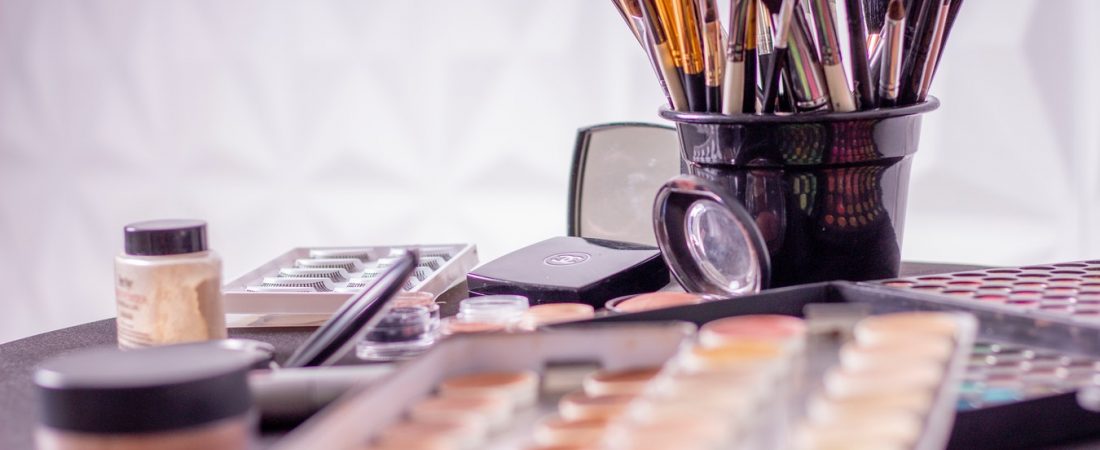Get Glowing Skin For Your Valentine’s Night Out
Whether you are planning a romantic night out with your spouse or significant other, are having a gals only get-together, or are flying solo either out or in, you want to look and feel fabulous. If you do choose to go out for a night on the town with your boo, makeup will look even better on you after you have indulged in an at-home facial. Even if you’re staying in binge watching Netflix with a box of Lindor chocolate truffles–show your skin some love and pamper yourself!
There are oh-so-many options—so you definitely need to be aware of your skin type and what exactly your face can handle. Also, if you are doing the facial on the day of your VDate, it may be wise to use products you are already familiar with. The last thing you want is to have a bad allergic reaction and have your face match the color of the Valentine decorations and red roses.
- Wash: Since Valentine’s Day is in the middle of winter, your skin may be dry. Be sure to start your facial routine by washing your face with a gentle cleanser that does not include any drying ingredients such as salicylic acid for acne and any version of the detergent sodium lauryl sulfate. Anything containing soap will also leave your skin parched. Instead, try Olay Sensitive Hungarian Water Essence Calming Liquid Cleanser or Glossier Milky Jelly Cleanser.
- Steam: Next, you will want to steam your face with an at-home facial steamer like this one from Amazon, or you can do it the old-fashioned and more economical way by boiling a pot of water and hovering over it with a towel over your head. Lastly, you can also place a warm towel or washcloth over your face. Be careful not to burn your skin! Read up on several tips for steaming along with some of the benefits to doing so.
- Exfoliate: After you steam and before you apply a mask, exfoliate your skin, which there are various methods to doing so. Some people make their own exfoliant out of all-natural ingredients, some own fancy contraptions that do the job, and some just buy whatever smells and looks good at the drugstore. Whatever you choose, be careful around the sensitive eye area and do not be too harsh on your skin.
- Mask: There are so many DIY mask recipes you can make at home with items you already have in your fridge or pantry. Avocado, olive oil, citrus, cucumber, aloe vera, honey, bananas, coffee, eggs, and oatmeal are all examples of yummy ingredients you can mix and match to make a healthy facial mask you may not even want to wipe off.
- Serum: Once you are done with the messy part, use a serum before you put anything else on your face. Serums should be applied before creams and moisturizers so that they can soak into your skin and do their magic. Those with Vitamin C, hyaluronic acid, and collagen-boosting properties are the way to go to get that glow.
- Cream/Moisturizer: Lastly, unless you are also applying makeup, slather up with a water-based moisturizer so that you can continue having that dewy look throughout the evening. Neutrogena’s Hydro Boost is a great example of an affordable water-based moisturizer.
Remember to always take your own skin type, specific needs, and your own professional recommendations into consideration when starting a new skin care regimen or experimenting with new products. And also have some fun with it! If you have sensitive skin, there are oodles of products out there for you…and you can even make your own.
If you want some extra pampering and don’t want to hassle with doing it all yourself, contact Laura Skin Care and book your Valentine’s Day appointment soon!


